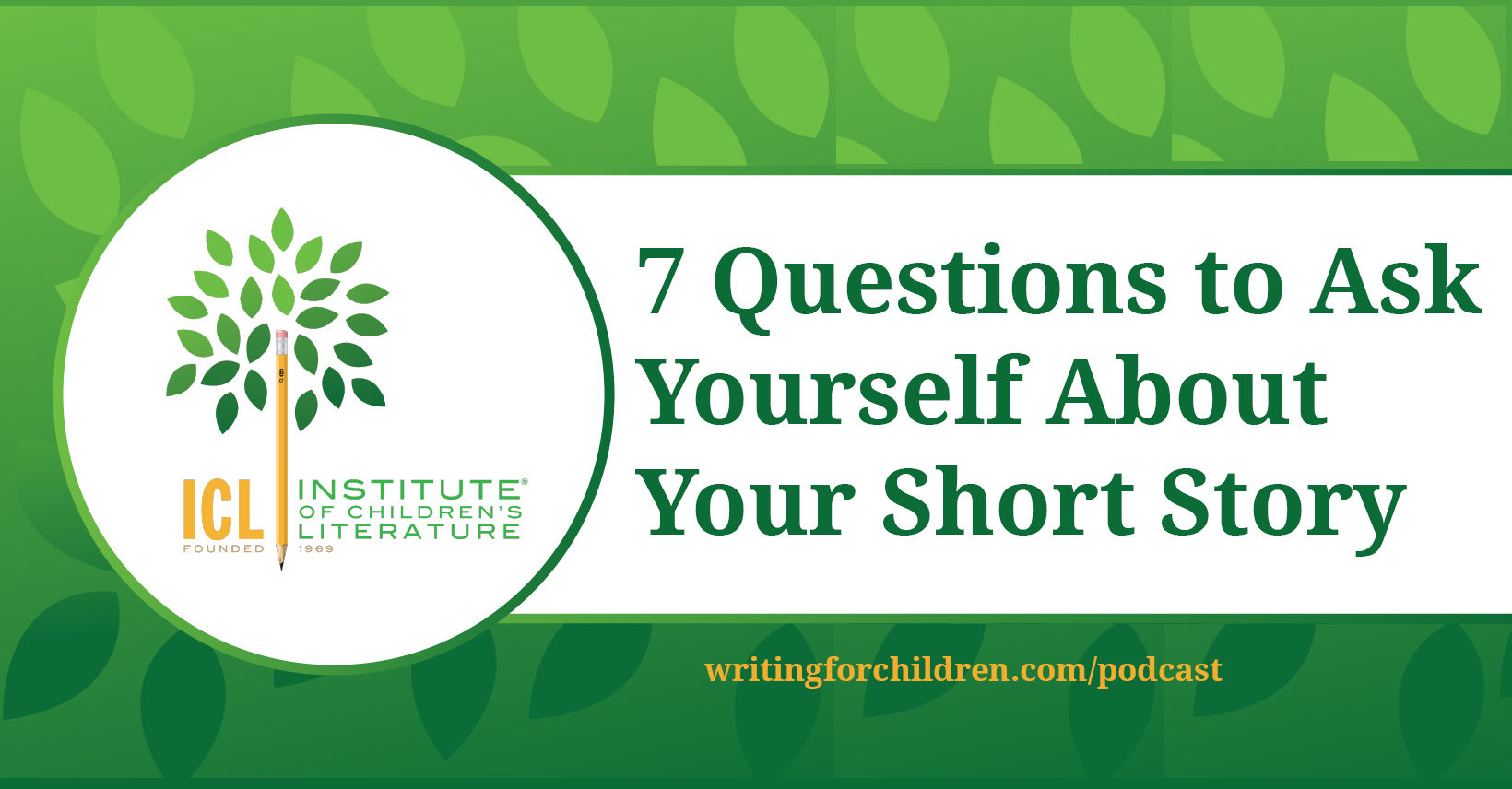1000 N. West Street #1200, Wilmington, DE 19801
© 2024 Direct Learning Systems, Inc. All rights reserved.

1. Does your story have a clear main character?
Short fiction can’t support a rambling assortment of characters vying for the main character job. Omniscient viewpoint nearly never works in short fiction – readers need a main character to relate to, care about, and focus on. The more you dilute the job of main character, the more you dilute the impact of your story.
2. Does your story have a clear problem or conflict facing the main character?
The story problem needs to be important, challenging, and emotionally significant. The story problem needs to apply pressure to the main character. It should be clear that the main character could not simply walk away from this problem.
3. Is the story problem solved by the main character?
Sometimes a main character cannot solve his own problem. It is simply too big for him. However, the resolution of the story must not be taken completely out of his hands. His efforts must be crucial in bringing about the ending of the story. For example, a child could not carry his hurt father out of the wilderness, but the child’s efforts would have to be key to bringing help to his father. Don’t take the job away from your main character.
For more questions to ask yourself about your short story, listen to the entire episode.
1000 N. West Street #1200, Wilmington, DE 19801
© 2024 Direct Learning Systems, Inc. All rights reserved.
1000 N. West Street #1200, Wilmington, DE 19801
© 2024 Direct Learning Systems, Inc. All rights reserved.
1000 N. West Street #1200, Wilmington, DE 19801
© 2024 Direct Learning Systems, Inc. All rights reserved.
1000 N. West Street #1200, Wilmington, DE 19801
© 2024 Direct Learning Systems, Inc. All rights reserved.

1000 N. West Street #1200, Wilmington, DE 19801
© 2025 Direct Learning Systems, Inc. All rights reserved.

1000 N. West Street #1200, Wilmington, DE 19801
©2025 Direct Learning Systems, Inc. All rights reserved. Privacy Policy.